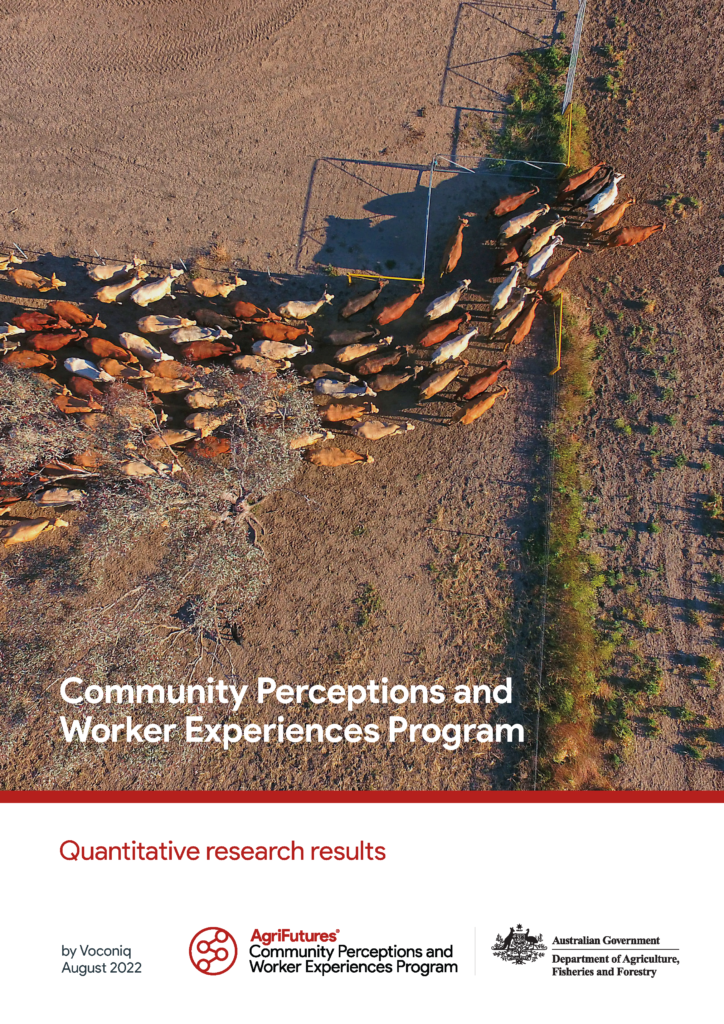Understanding the challenges and opportunities facing the Australian agriculture, fisheries and forestry sectors is the first step towards designing interventions that reduce barriers to entry and improve retention of workers.
The key focus of this work was establishing the foundational data needed to understand modern agriculture and its workforce. The data can be used to inform actions to improve the sectors’ capacities to attract and retain workers, and establish a baseline against which they can measure the effectiveness of further interventions. By presenting and highlighting the differences between community perceptions and worker experiences within agriculture, fisheries and forestry, the data provides evidence that will challenge gendered and outdated ideas of modern agricultural work.
Through this research, the Australian community and jobseekers will better understand the realities of the sectors in the 21st century and the work opportunities that agriculture, fisheries and forestry offer. Additionally, they will realise the attitudinal and structural barriers to working in agriculture, and the ‘pull factors’ that make the sectors a more attractive employment option.
For industry and government, the research will help them better understand community perceptions and the lived experiences of workers, and develop interventions that support the agriculture workforce.
The Community Perceptions and Worker Experiences Program is one component of the AgATTRACT initiative and contributes to the achievement of the Human Capital tranche of measures responding to the National Agricultural Workforce Strategy: Learning to excel in the Agriculture 2030 package. The program was funded by the Department of Agriculture, Fisheries and Forestry.





